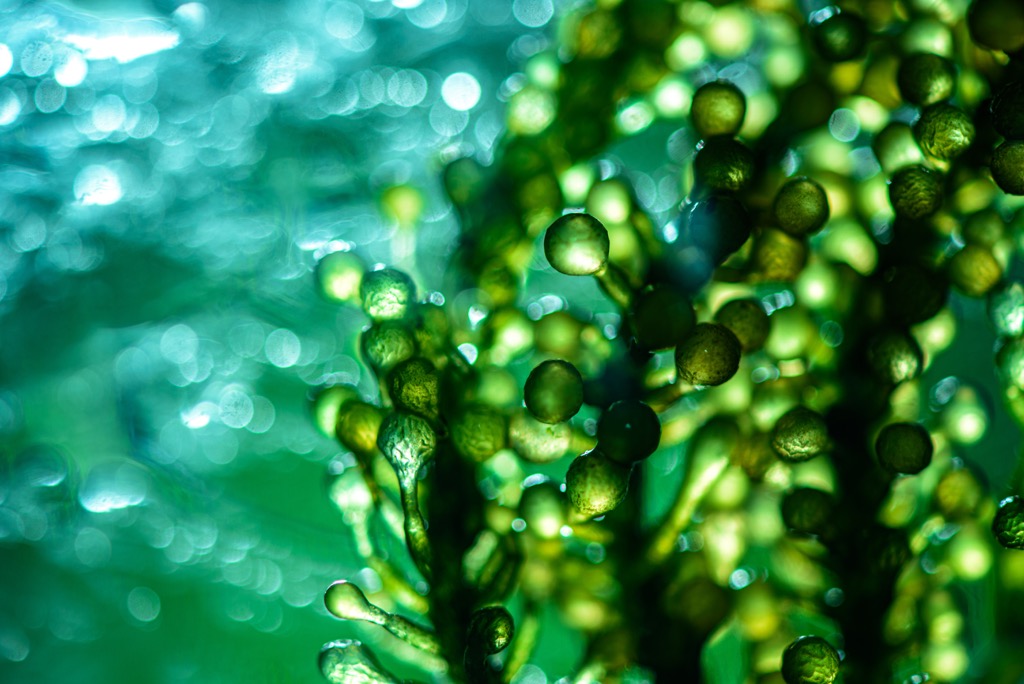Is the future single cell?

The future of the available pet food proteins depends on the usage of novel ingredients from sustainable and secured resources. Single cell proteins fit that bill, but there are challenges in scaling them up.
Single-cell alternatives
To meet the rising demand for quality pet food proteins will require alternative ingredients that are palatable and offer reliable, sustainable availability at a low price. An optimal alternative feed ingredient must not reduce the nutritional value of another nutrient found in the diet and should not have any anti-nutrients or other animal health harming compounds.
Research has already demonstrated positive results from including single-cell organisms to replace fish oil or fish meal. Good substitutes to fish meal may come from bacterial meal, yeast or microalgae which possess health stimulating benefits in the small intestine.
Proven bacterial proteins
Bacterial proteins are proven to be the future nutrient source for monogastric animals due to their fast growth on substrates, independent of climate conditions, water resources and soil. Optimal chemical composition of bacterial proteins and its effect on nutrient digestibility, metabolism and growth performance is observed in many different omnivorous animals. The dietary inclusion of bacterial meal prevents the inflammatory processes, enteritis, induced, for example, by solvent-extracted soybean meal.
Yeast as a source
Usage of yeast as a protein source has been investigated in different animal species. Brewer’s yeast has a very high protein digestibility and a high gross energy level. High retention of nitrogen, amino acid digestibility and energy by integrating the yeast cells in the animal diet is equal to adding fish meal.
There was no observable difference in blood and plasma amino-acid profiles between feeding yeast and fish meal, and no differences in acute stress response when feeding the animal with yeast.
The promise of microalgae
Microalgae stands out as a promising novel ingredient, being an abundant source of protein, carbohydrates, lipids and antioxidants. Microalgae may also reduce the ecological impact of current intensive use of fish meal for pet food manufacturing.
Disruption of the unicellular cell-wall of microalgae before mixing is critical for an effective upstream process. A range of cell-wall rupture techniques have been tested with overall positive effect on yield. High pressure homogenisation, osmotic shock, ultrasonication and microwave heating may result in the extraction of bioactive compounds from plants, microalgae, seaweeds and other unicellular organisms.
Scaling challenges
As with most novel ingredients, the challenges lie in scaling them and proving commercial viability. Some of the ingredients and techniques mentioned may be process upscalable, however none of them are particularly energy(cost) efficient. Creating value through a circular economy is a noble struggle but will always also be dependent on profitability.